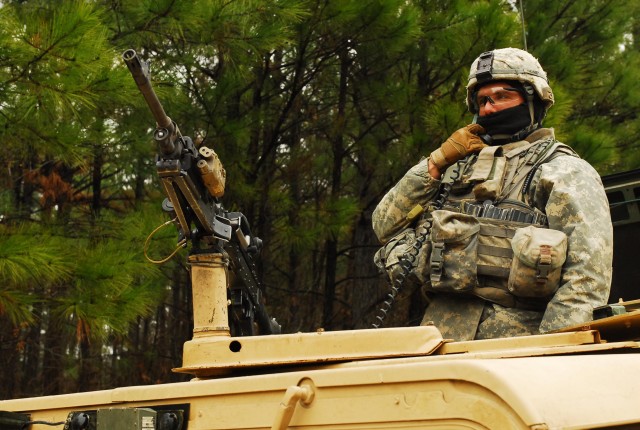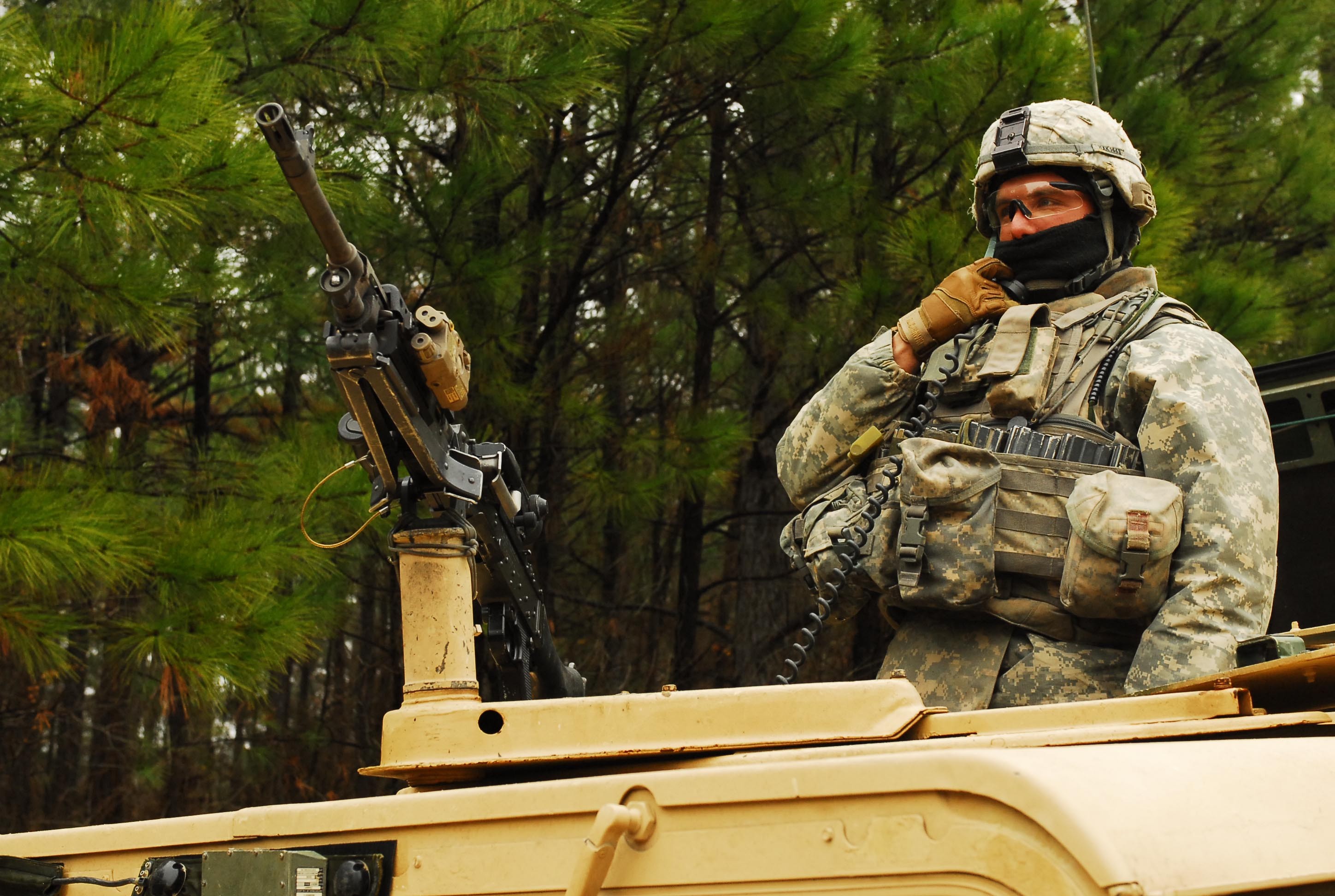FORT HOOD, Texas - A Soldier that's never been on a patrol in a combat zone would probably have a hard time imagining what it's like. They can hear stories from their bosses, read training manuals or watch war movies, but until they've been a part of it, they'll never know quite what to expect.
For Soldiers from the mortar platoon, 1st Battalion, 8th Cavalry Regiment, 2nd Brigade Combat Team, 1st Cavalry Division, a live-fire exercise at the Joint Readiness Training Center on Fort Polk, La., Jan. 11 presented a real-life scenario-complete with improvised explosive devices and enemy targets.
This was a chance for Soldiers to practice medical evacuation, patrol movement, reacting to improvised-explosive devices, treating casualties, cordon and searching a village; everything they would have to do in a real patrol in a combat zone, explained Cpl. Ruel Racada, a Bendora County, Calif. native.
"It's a lot of experience for them," said Racada, about some of his Soldiers who have not yet deployed. "They see that this is how it's going to happen when we go over there. This gave them a chance to combine everything they've been practicing."
The training forced Soldiers to think on their feet, react to situations immediately and be prepared for anything the enemy might throw at them.
"For everyone who hasn't deployed, this showed us what we are going to encounter," said Spc. Christopher Helms, from Sandwich, Mass.
According to Helms, each Soldier in the patrol has a special part to play whether it's as a gunner, truck commander or dismounted Soldier.
"This gives us a chance to work together as a team," he said.
The training also had another major benefit for these Soldiers.
"Live-fire exercises make people more comfortable...you know what you're actually going to do," he said.
Everything that Soldiers experience on this training is something they need to be prepared for when they deploy, according to Helms.
Although the enemies and threats they encountered might not have hurt them, this training gave new and experienced Soldiers alike the chance to hone their combat skills and learn how each of their jobs plays a vital part during a patrol in a combat zone.




Social Sharing